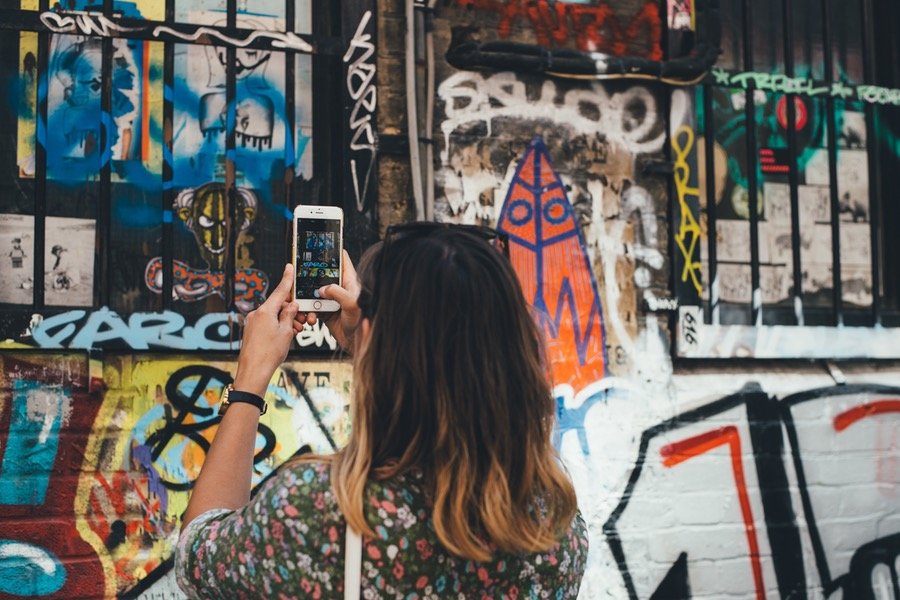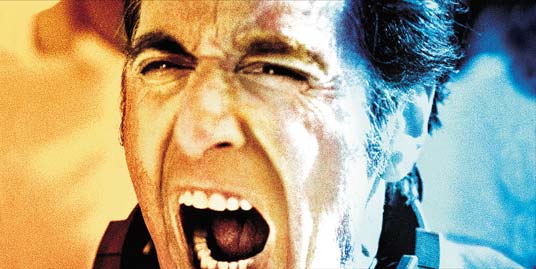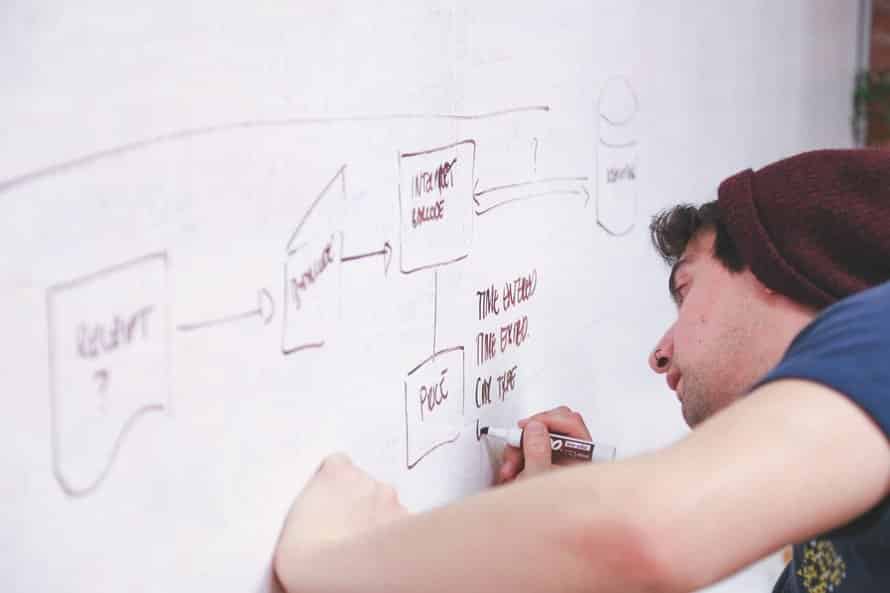Creativity is a river. Sometimes it’s slow and silty like the lower Mekong. Sometimes it’s white capped like the Colorado River.
One of the biggest challenges that creative people face is learning how to master the river of their own creativity. Just in case there was any doubt by the way, you are a creative person. It’s part of being human. Just because you’re no Michelangelo or Yo-Yo Ma, don’t fool yourself into thinking that means you’re not creative. And hey, who knows, maybe your unique brand of creativity will turn out to be the modern Sistine Chapel.
Creativity is a motivational issue. It’s about training the mind to master the river of creativity. It’s all well and good to get creative inspiration in the middle of the night, but it’s a lot more useful when you can access it during the day, like when you’re working, painting, writing, or crafting.
We’ll turn to a rebellious group of rabble rousers for advice on harnessing creativity. These people have made the awesome-slash-crazy decision to base their financial security upon their art. They’re freelancers. They work as graphic designers, writers, and composers. They’ve learned to be like river guides, navigating through and relying upon the creative current to keep everything in their lives afloat.
Need a change of perspective? Try getting on a boat for a day. Yes, even a metaphorical one.
Any boat builder, or freelancer in this case, will tell you that the most important element of constructing a sound, river-worthy vessel is to start by getting the engineering right. A boat needs a hull. In terms of creativity, that means structure. There are certain motivational tricks that creatives can use to direct the river of creativity into the most useful channels for themselves and their work.
5 Easy Ways To Boost Your Creativity
Compress your stress
Stress is one of the worst things for a healthy creative flow.
I’m not talking about good stress — like the pressure of an impending deadline — but the kind of stress that overwhelms the body and bogs down every aspect of your creative work. Chronic stress is the kind of stress that keeps you awake at night.
For people who are solely responsible for managing their own workload, this sort of stress often comes from not knowing how to streamline the logistics of daily business.
Make the most of the apps and tools available to you. Here’s a list of the best motivational apps out there. Sometimes it’s as simple as marking an X on your calendar every day you accomplish a creative goal.
Make a schedule
Whether we like it or not, humans are creatures of habit. When there’s predictability to our schedules, our thinking minds can relax and make room for creativity to flourish.
A schedule doesn’t have to be boring. One of my favorite guest speakers in graduate school was a young adult fiction author who routinely slept from 2pm-10pm so that she could spend her entire night writing, undisturbed, in the cabin behind her house. She had to train her husband and friends around her unusual sleep schedule, but it paid off with stellar book sales.
She is not alone in her late night writing ritual; the practice, it turns out, is quite popular and has benefited lots of notable creatives over the years.
Learn from your competition
The process of harnessing your creative energy involves picking and choosing when to spend it.
No matter what you’re doing — whether you’re trying to make a name for yourself as a writer or pushing to sell homemade candles in the local craft market — start by doing research on your competitors. You can learn a lot from their successes and failures. There’s no need to reinvent the wheel.
The business development gurus at Intuit have some great things to say about how to perform and use competitor analysis. Essentially, it’s about taking note and finding your own unique voice in the sphere. If a candle maker has the corner on beeswax candles, instead of opening up a beeswax candle booth next door, consider a slightly different angle, like pressed flower candles.
There’s no need to put all your creative energy into figuring out what people like; rather, listen to your competitors and pick up where they leave off.
Go on adventures
I would be remiss not to mention the important role that adventure has in teaching and motivating us to gain mastery over our creative processes. Travel, exploration, and just getting out of our comfort zones every once in a while does wonders for our capacity to tap into a level of creativity that feels just beyond our grasp.
In any conversation about adventure, motivation, and rivers, photographer and filmmaker Forest Woodward’s 2015 short film “The Important Places” comes to mind. The film was inspired by a poem that Woodward’s father wrote the year he was born. In response to the poem, Woodward decided to take his then 77 year old father on a rafting trip down the Colorado River. And film it.
There’s something so moving about the sheer creative force behind the film. Without the extra attentiveness of an artist, the trip would have been just another river trip. But that heightened awareness of the photographer’s eye elevates the film to a work of art.
Creativity thrives in adventure.
Don’t let yourself feel hedged-in
Too often, we’re the only ones keeping ourselves from living full creative lives.
We blame not having enough time, too much responsibility, and a myriad of other things. The truth of it is that at that point, usually we’ve just stopped believing in ourselves. When taking on any new endeavor, half the battle is believing that it’s possible.
On a practical level, regular meditation is one of the best tools for keeping self-imposed boundaries at bay. It’s amazing what a bit of breathing and silence can do for the creative brain.
We don’t need to think of ourselves as “just” anything. Creativity has no boundaries. Let the creativity permeate every aspect of your life and it will appear just at the moment when you need it most. With these tips at your disposal, you’ve got all the gear you need to navigate the creative river. Have fun, and send us all photos along the way!





